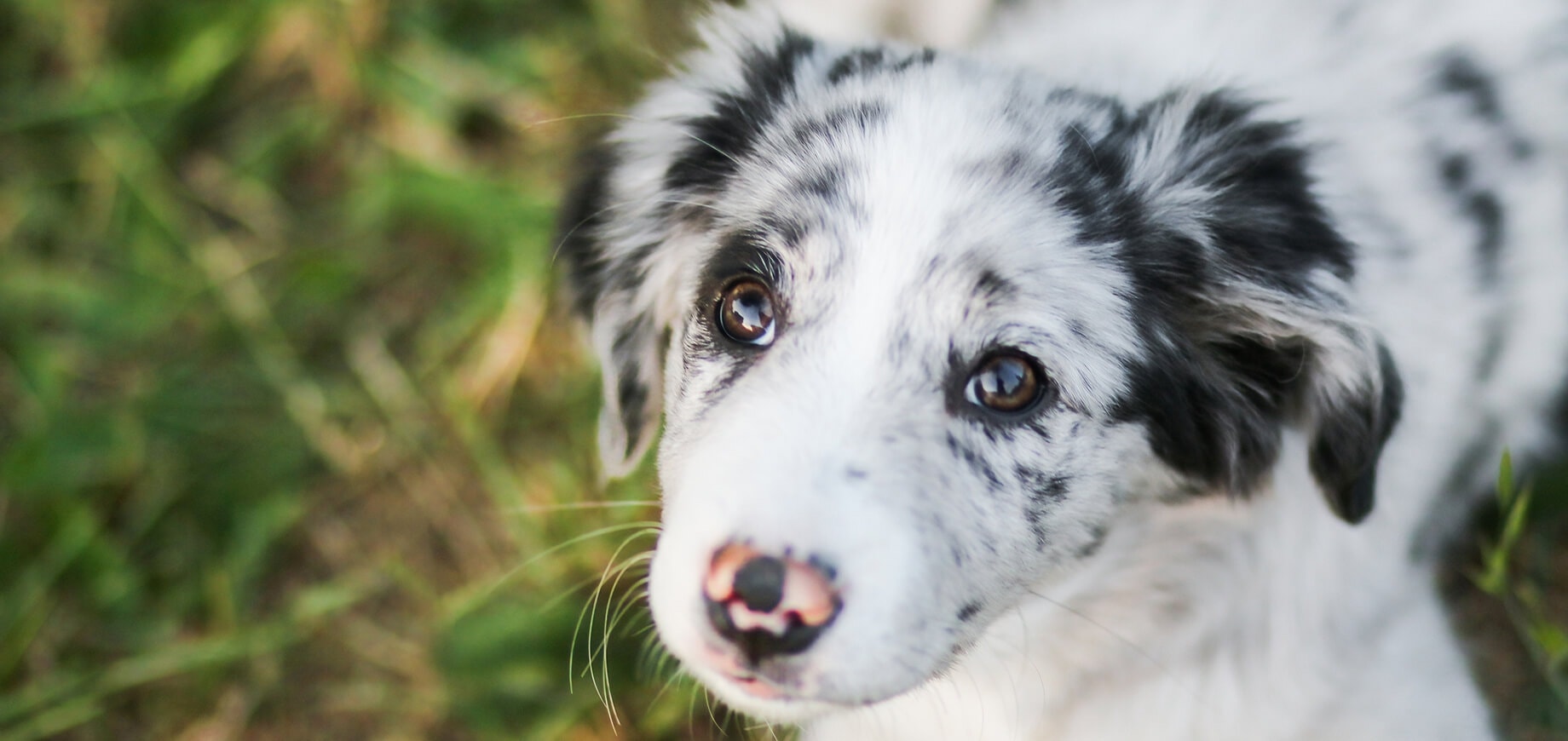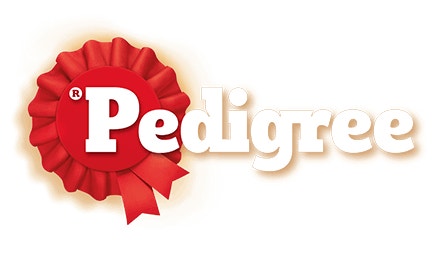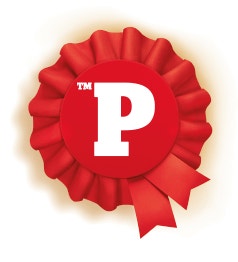
New dog owners often feel a little apprehensive about toilet training, but we’ve got lots of practical advice on how to toilet train a puppy or an older dog.
We’ll walk you through the process in five easy steps, give you advice on night-time toilet training and give you an idea of how long the whole thing should take. We’ve also got special tips if you live in an apartment and don’t have easy access to outside space.
It pays to be vigilant to the signs your furry friend might need to go to the toilet. Every dog is different but here are some common signs to look out for:
The better you get to know your puppy, the better you’ll know exactly how they behave when they need to go to the loo.
Before you start training your furry friend, it’s important you decide where their designated toileting area is going to be. This will obviously be affected by lots of different factors, such as whether you live in a house or an apartment and whether you have a garden. It’s also worth bearing in mind that lots of dogs have strong preferences in terms of what kind of surface they prefer to go to the toilet on. These include paper, cement, gravel, puppy pads, grass and carpet (hmm!). This is usually just down to what your puppy or dog is used to, and, over time, they can be retrained if necessary. It’s important you’re aware of any preferences when you start out though so do ask your rescue centre or breeder about this.
As well as thinking about where your puppy is going to go to the toilet, it’s worth thinking about the places where you don’t want them to go. A lot of these will be obvious, of course, (hello, your new sofa!) but it’s also worth mentioning that a crate can be a useful tool when puppy toilet training as dogs don’t tend to like to make a mess where they sleep. We’ve got lots of advice on crate training your puppy.
The bedrock of any training regime is consistency. Toilet training a puppy is no exception to this and, while your dog is building up their bladder control, it pays to get into a routine that gives them lots of opportunities to go to the toilet appropriately. With this in mind, it’s a good idea to take your dog to their toileting area:
The last point on the list raises the subject of night time puppy toilet training which prompts the all-important question:
Puppies’ bladders aren’t big enough to last all night long. Some owners stay up late to take them for a wee and then set an early alarm. Others take their puppy for a night wee. If you do the latter, make sure your puppy doesn’t think 4 am is playtime!
If you’ve ever potty trained a child, we probably don’t need to tell you that toilet training isn’t always easy! The same is true of puppy toilet training but, as long as you’re patient and consistent, your puppy will soon be fully housetrained. Here’s a summary of the key things to help make things go smoothly:
When your furry friend goes to the toilet in the right place, you’ll want to reward that behaviour with lots of positive reinforcement. This means dishing out lots of praise (without startling them) and tasty treats as a reward. PEDIGREE™ Tasty Mini Puppy Treats are great for rewarding your puppy in a healthy way. Just make sure you’ve giving them the appropriate amount of snacks for their weight and breed.
It’s a good idea to teach your puppy a cue word they associate with going to the toilet. This can be anything from ‘go potty’ to ‘wee wees’. Just make sure you’re consistent and that everyone in the family is using the same cue word.
When you first start toilet-training your dog, you should aim to keep a close eye on them to avoid them toileting inside. If there are times when you can’t watch them, then safe and pleasant containment is the answer.
It stands to reason that offering your dog regular chances to go to the toilet means there is less likely to be accidents. By contrast, a puppy who is left alone for long periods of time is more likely to have an accident.
Dogs thrive on consistency so, at first, you should take them to exactly the same spot to go to the toilet.
It’s important you avoid telling your dog off or punishing them in any way as, not only will this not have any positive effect, but it could even make your dog frightened of going to the toilet or of you.
When you first start housetraining your dog, you might see them starting to go to the toilet in the wrong place a few times. When this happens, you need to quickly and calmly get your dog to their toileting area, without scolding them.
It’s probably best not to carry your puppy out to pee. Why? Because it’s likely that this is what they will come to expect all the time. Not a habit you really want to get into!
When you’re toilet training your puppy it’s important you’re patient and consistent. Each dog is an individual who will ‘get it’ in their own time, but if you follow the advice above, you can be confident of success. In the meantime, here are a few ballpark guidelines:
It’s difficult to say what age a puppy should be toilet trained as every dog is different. It also depends on how well they are trained. If you follow all the appropriate steps and are clear, patient and consistent, you can reasonably expect your puppy to be housetrained by around six months of age, or even earlier.
When it comes to how to potty train a puppy, there’s no magic formula for quick success. Housetraining requires patience, commitment and consistency.
You can start toilet training your puppy as soon as you get them home. However, keep in mind that puppies have very small bladders and can’t be expected to ‘hold it’ for long periods of time or throughout the night.
If done correctly, toilet training can be mastered within a month or two, although every dog is a unique individual so the exact amount of time will vary.
A potty training puppy should never be told off or punished in any way. Not only will reprimanding them not have any positive effect, but it could even make your dog frightened of going to the toilet or of you.
We all take a while to get the hang of new things and accidents are an inevitable part of toilet training (but should be minimal if you are following the steps above). As already mentioned, it’s important you never scold or punish your furry friend, instead staying calm and cleaning up without any fuss. This clean-up is best done with an enzymatic cleaner or a dilution of 1:9 biological washing powder and warm water. Household disinfectants aren’t recommended as these often contain ammonia which can encourage your furry friend to go to the toilet in the same area again.
If you live in an apartment without any quick access to outside space, you might feel particularly nervous about puppy toilet training. However, the good news is there are things out there to make your life – and your puppy’s life – easier. Pee pads are great because they’re so easy to move around and dispose of. You can also buy dog pottys.
In terms of your approach to toilet training, you should follow all the same principles regardless of your living situation.
If you adopt an older dog, they’ll probably be housetrained. However, a new home can make your dog ‘forget’ their toilet training. Sometimes, you don’t know a dog’s full story and they can have medical or behavioural problems that are brought to the fore by a house move. If you are toilet training an adult dog, follow the advice you would for a puppy. The process may take a little longer (young brains being quicker to learn) but is very achievable.
If you’ve been puppy toilet training for a while and are having problems, it’s a good idea to chat to your vet or a qualified animal behaviourist. You can also get more advice in our article about tackling problems.

